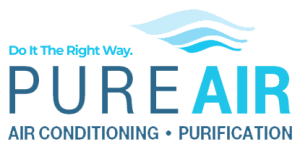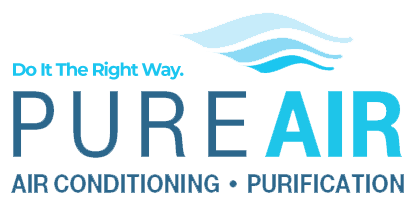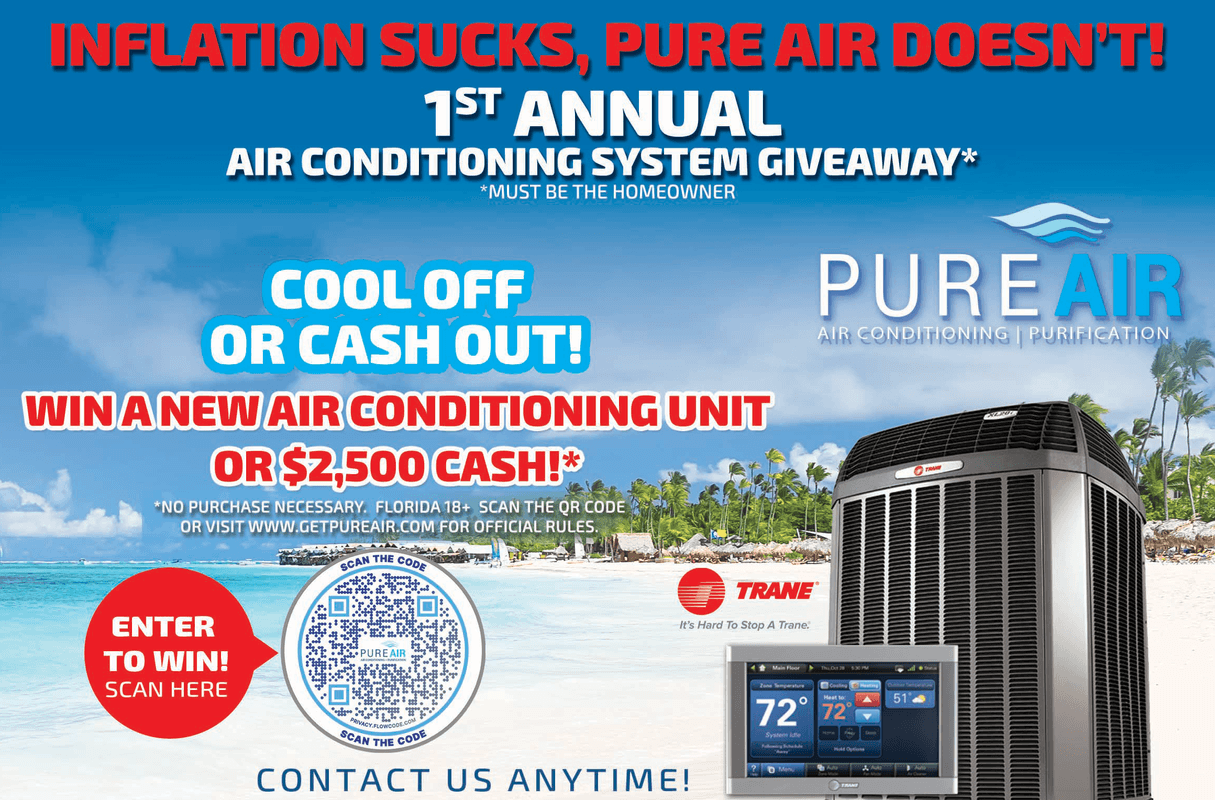Spray polyurethane foam (SPF) insulation is a preferred product in many new-construction homes today. Every part of a house from construction materials and techniques to the choice of appliances affects changes in how the house “performs.”
All these things interrelate and any changes can necessitate changes in the house’s system. Homes that use spray foam insulation in their HVAC systems are different than those built in the past. For this reason, they require updated approaches for the design of heating, ventilation and air conditioning (HVAC) systems.
How are Homes with Spray Foam Insulation Different?
There are two primary differences between SPF homes and those built in more traditional ways. The first is that SPF homes are much more airtight than others. The second is that SPF homes nearly always have furnaces and ducts within the space to be conditioned.
The degree of air tightness between homes is considerable. When tested, older homes with a blower door tend to exceed 1.0 air change per hour (ACH). This means that all the air that is inside the house is replaced with air from outside every hour at most. A home that is this drafty makes it difficult for HVAC units to keep a steady indoor temperature.
The average American home built within the past 20 years generally falls in range of 0.35 to 0.70 ACH under most normal conditions. The air inside the house is replaced by air from outside around every 90 minutes in drafty homes and every three hours in more airtight homes.
A typical spray foam insulated house gets about 0.10 to 0.20 ACH. Homes that meet these numbers have a 5-10 hour exchange of air. This leads to significant reductions in heating and cooling loads and far greater comfort.
Keep The House and Tight and Ventilate it Well
Clearly, a house cannot be 100% airtight. There needs to be some degree of ACH to maintain a healthy living environment. A home that is “leaky” has random gaps in random places and is affected by differences in wind and temperature (which make the air move into and out of the home).
Air infiltration simply cannot be left to chance. This will lead to the house being over-ventilated during the daytime or when it is particularly cold or windy and under-ventilated overnight or when it is particularly warm.
The attic, crawlspace, basement, and garage are the places in the home where outside air is most likely to come in.That air tends to be humid, too cold or too hot and, even worse, too dirty to maintain a healthy living environment.
Leave it to the Pros
Allowing trained professionals to design the HVAC system can help ensure that the source of air is appropriate and clean. With the right design, humidity and temperature can be altered allowing for clean, fresh, comfortable air to enter the home in the proper amounts all the time. The proper planning and design around spray foam insulation will also result in an environment comparable to manufacturing facilities and hospitals in terms of cleanliness.



